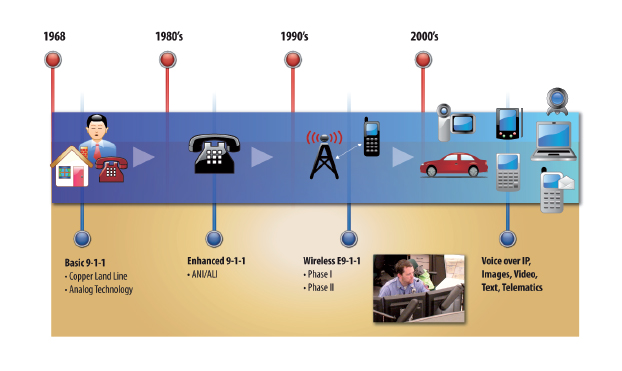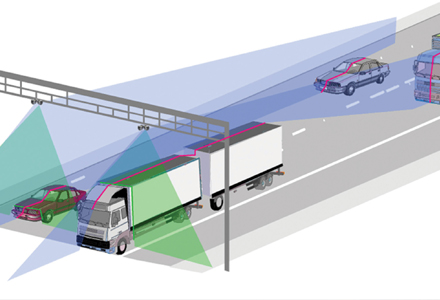iSINC Lite WIM electronics
International Road Dynamics (IRD) has announced a new, compact version of its popular iSINC weighin- motion electronics, capable of servicing up to eight lanes. The assembly boasts all of the features currently available in the parent, and is a hardened electronics unit able to accommodate temperature and environmental extremes. Modular and convenient to upgrade, it includes multi-tasking software for improved speed and performance.


















